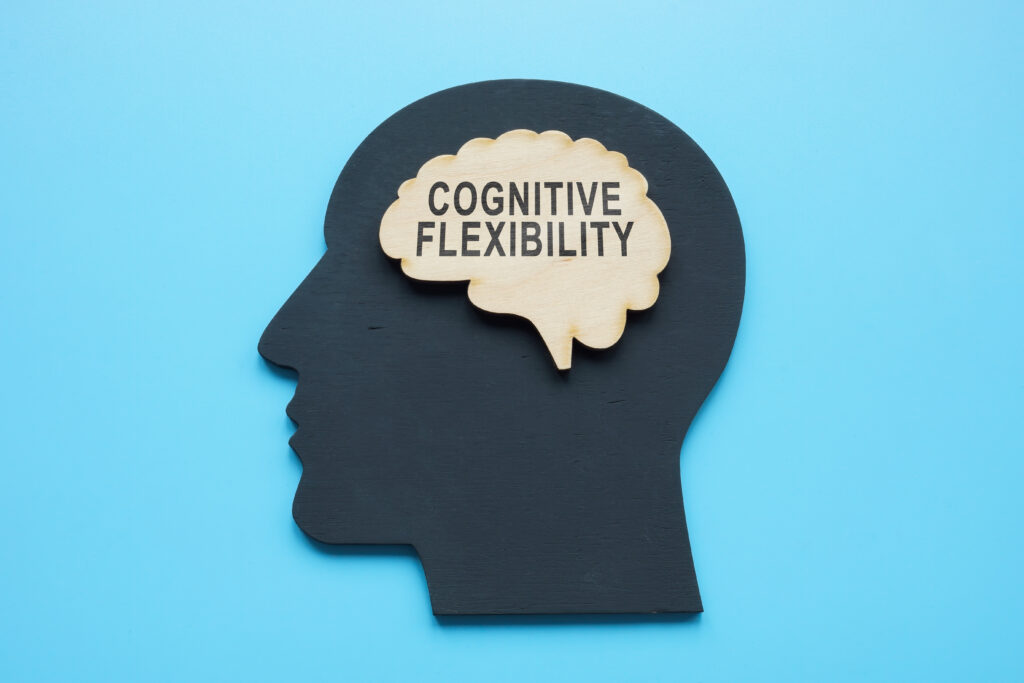Having a loved one or friend diagnosed with Alzheimer’s disease can be a challenging and emotional experience. As the disease progresses, it can cause difficulties with everyday tasks such as eating and drinking. In these situations, using a bib can be helpful in keeping clothes clean and preventing spills. However, for someone with Alzheimer’s, using a bib may present its own set of challenges. In this article, we will discuss how to help a person with Alzheimer’s use a bib in a simple and easy-to-understand way.
What is Alzheimer’s disease?
Alzheimer’s disease is a progressive brain disorder that affects memory, thinking, and behavior. It is the most common form of dementia, accounting for 60-80% of all cases. The early symptoms of Alzheimer’s may include forgetfulness, difficulty completing familiar tasks, confusion, and mood swings. As the disease progresses, individuals may experience difficulty communicating, recognizing loved ones, and performing basic daily activities.
Why is using a bib important for someone with Alzheimer’s?
As Alzheimer’s disease progresses, it can cause changes in a person’s motor skills and coordination, making it difficult to control movements and perform tasks. This can lead to spills and messes while eating, which can be frustrating and embarrassing for the person with Alzheimer’s. Using a bib can help prevent spills and keep clothes clean, making mealtime less stressful for both the caregiver and the person with Alzheimer’s.
How to introduce a bib to someone with Alzheimer’s?
Introducing a bib to someone with Alzheimer’s may require patience and understanding. Here are some tips to make the transition smoother:
1. Choose a comfortable and easy-to-use bib: Opt for a bib that is soft, lightweight, and easy to put on and take off. Avoid stiff or scratchy materials that may cause discomfort to the person with Alzheimer’s.
2. Familiarize the person with the bib: Show the bib to the person with Alzheimer’s and explain its purpose. Let them touch and feel the bib, and try to associate it with mealtime.
3. Involve them in the process: Allow the person with Alzheimer’s to participate in choosing their bib. This will give them a sense of control and help them feel more comfortable wearing it.
4. Use positive reinforcement: Praise and encourage the person with Alzheimer’s when they wear the bib correctly. This will help reinforce the behavior and make them more likely to continue using it.
How to assist someone with Alzheimer’s in using a bib?
Assisting someone with Alzheimer’s in using a bib may require a gentle and patient approach. Here are some ways to help:
1. Give visual cues: Place the bib in front of the person with Alzheimer’s as a visual cue to remind them to put it on before mealtime.
2. Offer assistance: If the person with Alzheimer’s is having difficulty putting on the bib, offer to help guide their hands or assist in fastening it.
3. Use simple instructions: Give simple and clear instructions such as “Put the bib over your head” or “Tie the strings behind your neck.”
4. Avoid rushing: Allow enough time for the person with Alzheimer’s to put on the bib. Rushing may cause frustration and resistance.
5. Be patient: It may take some time for the person with Alzheimer’s to get used to using a bib. Be patient and offer reassurance throughout the process.
Additional tips for using a bib with someone with Alzheimer’s:
– Use a bib with a catch-all pocket to prevent food from falling on the person’s lap.
– Avoid using bibs with complicated closures such as buttons or snaps.
– Choose a bib with a fun design or pattern to make it more appealing for the person with Alzheimer’s.
– Keep a spare bib handy in case of spills or messes.
– Use a damp cloth or wet wipes to clean the bib after each use.
– Avoid making a big deal about using a bib as it may cause embarrassment for the person with Alzheimer’s.
In Conclusion:
Using a bib can be helpful in keeping someone with Alzheimer’s clean and comfortable during mealtime. However, it may take some time and patience to introduce and assist them in using a bib. Always remember to approach the situation with empathy and understanding. With these tips, you can help make mealtime a more enjoyable and stress-free experience for both you and your loved one with Alzheimer’s.


